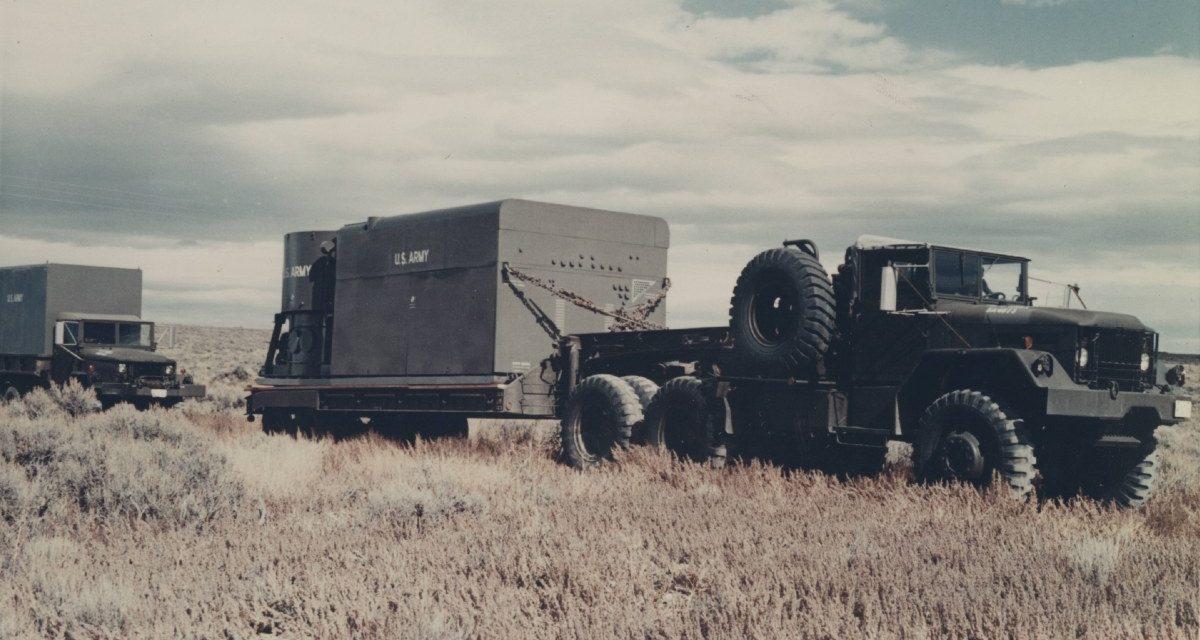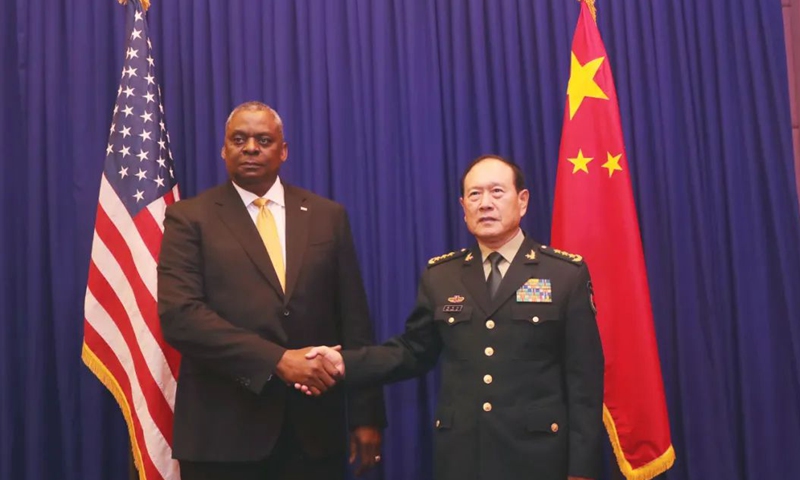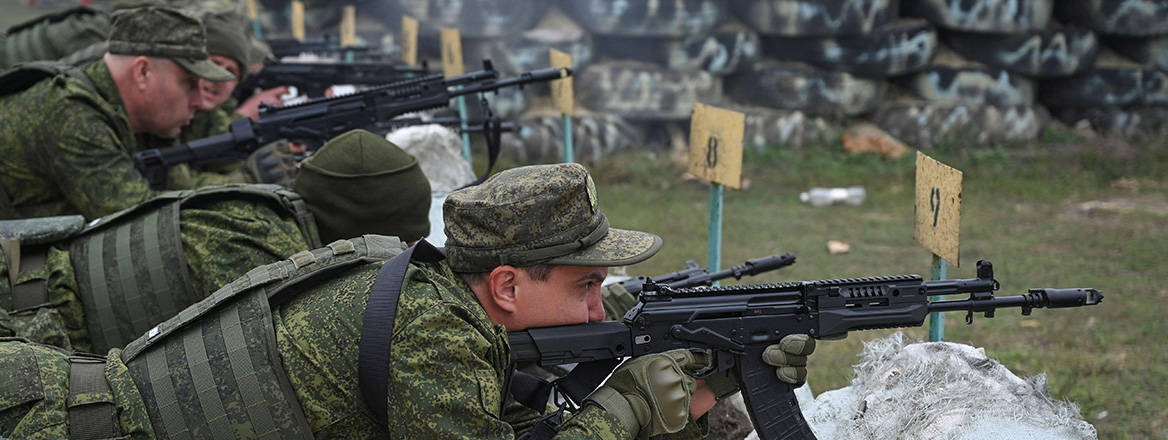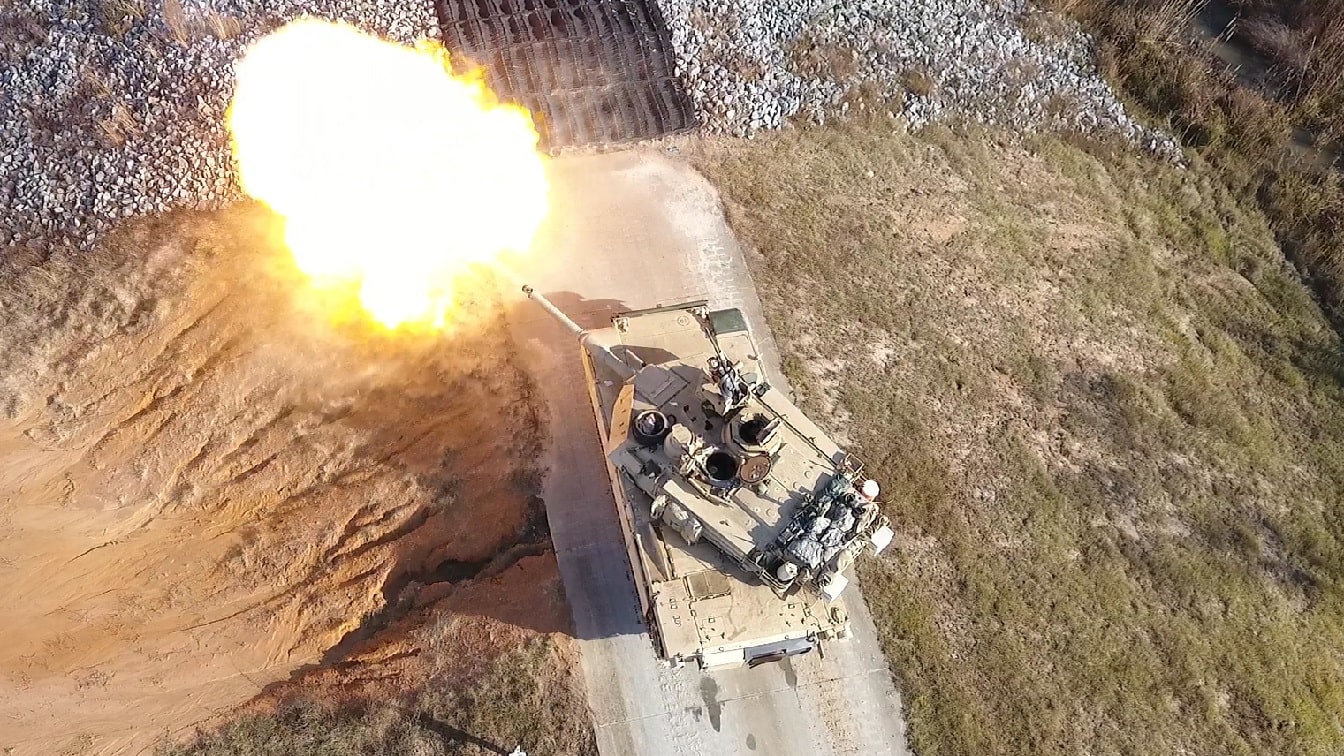Major General SB Asthana (Retd)
With the crisis caused by a missile landing in Poland being watered down by NATO to avoid exposing its cracks, the Russian pullback from Kherson followed by consistent targeting of energy and critical infrastructure in Ukraine, and the twists and turns in War in Ukraine are becoming the new normal.
Russia-Ukraine War seems to be poised for dangerous escalation with multi-domain threats ranging from nuclear assertions/allegations, satellite references, energy grid targeting, cyber-attacks ever since drone attacks on Crimea and the Black Sea Fleet, sabotage of both Nord stream pipelines and bridge to Crimea giving it a renewed push after nine months.
General Mark A Milley, Chairman of the Joint Chiefs of Staff of the USA, who has a thorough understanding of the military aspects of the conflict, has spoken out about the reality of the military situation in Ukraine, urging diplomacy and talks, which calls for serious consideration from American decision-makers, its NATO followers, and Zelensky.













